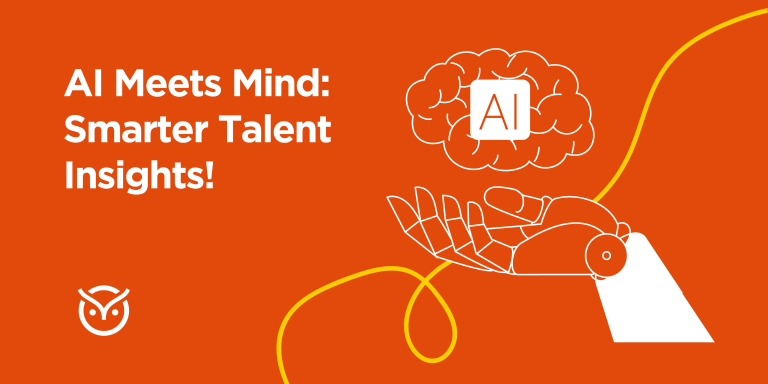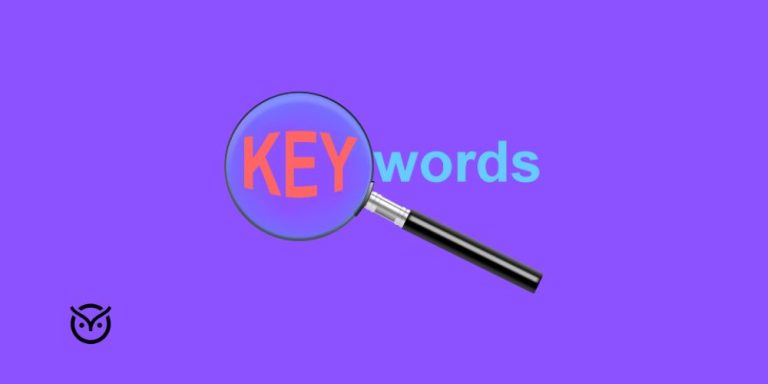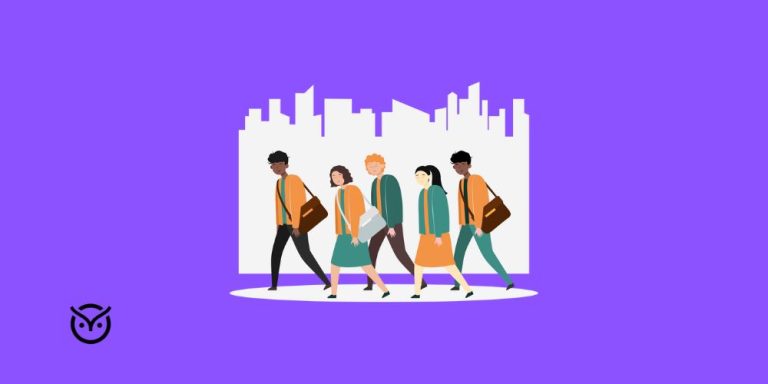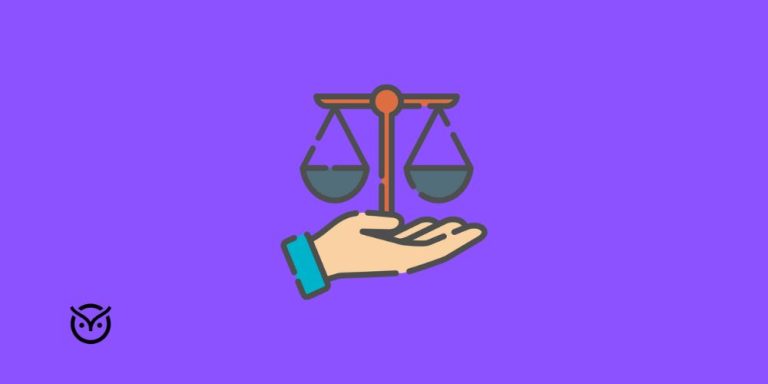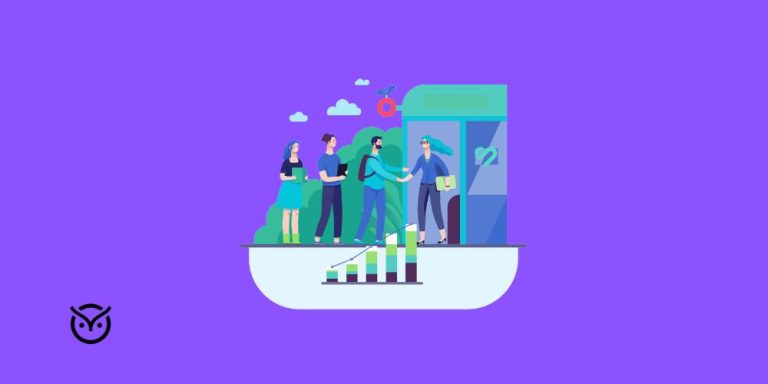Master Recruitment Lifecycle with AI Interviewing
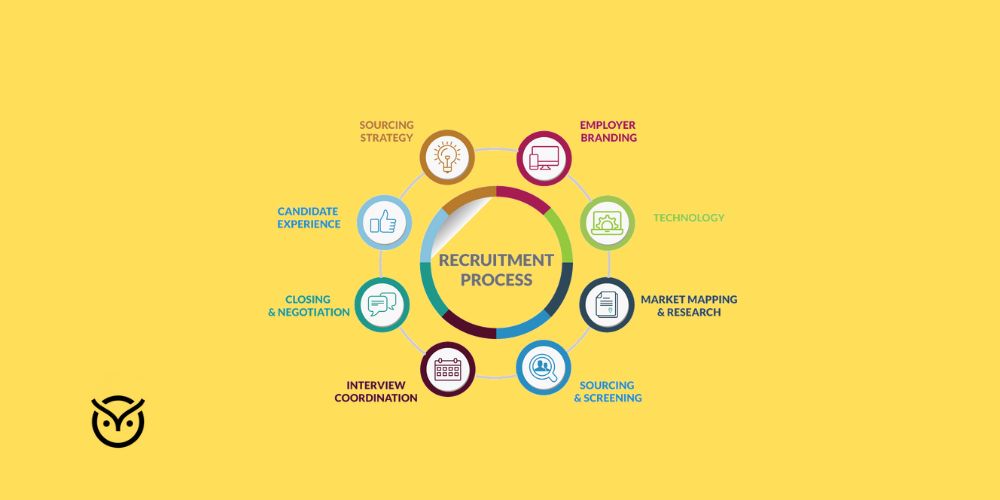
TL;DR
- AI Interviewing helps the team give clarity and speed.
- AI supports the recruiting cycle 360 by giving simple, and skill-based screening.
- Strong AI workflows help reduce delays and prevent errors across the recruitment cycle.
- Companies improve hiring quality when AI handles early steps and humans manage final decisions.
- Avoiding manual bottlenecks keeps candidates engaged and reduces drop-off.
Many hiring teams struggle because the steps of the recruitment cycle get messy. Job posts go out late, resumes pile up, interviews get delayed, and good candidates drop out. This happens when companies are unsure what is the recruitment cycle supposed to look like in real life. Without structure, even simple hiring tasks take too long.
The good news is that teams can fix this when they master recruitment lifecycle with AI interviewing. With the right setup, every step becomes clearer and faster. AI reduces manual work, keeps communication steady, and guides teams through each stage so hiring stays simple.
What the Recruitment Cycle Really Means
Many people ask what is the recruitment cycle or what is recruiting life cycle because it often sounds more complex than it really is. In simple words, the recruitment cycle is the list of steps that a company follows from the moment a job opens to the moment a person accepts the offer. When these steps stay organized, the hiring team works in a steady and predictable way.
The basic cycle includes
• Planning the role
• Posting the job
• Screening applicants
• Interviewing
• Assessing skills
• Offering the job
• Onboarding
This is why teams want to master recruitment lifecycle with AI interviewing. It helps them keep these steps connected instead of treating each one as a separate task.
A survey by SHRM found that 60 percent of applicants quit the hiring process if it feels slow or confusing.
This shows how important it is to understand the full process from the first message to the final step.
The recruiting cycle 360 idea means that every step affects the next one. If the early stages fall apart, the whole hiring effort becomes weak.
How AI Interviewing Fits in the 360 Recruiting Lifecycle
AI interviewing supports each step without replacing the human recruiter. Many teams wonder how AI fits into what is the recruitment cycle. AI handles simple tasks that take too much time when done manually.
Many teams keep their hiring steps organized by using automated flows inspired by simple approaches found in no-code AI recruitment workflows, which helps the cycle stay predictable and easy to manage.
1. AI Helps with Early Screening
AI tools scan resumes, match skills, and highlight candidates who fit the role. This cuts hours of manual work and helps the recruiter focus on the right people.
2. AI Organizes Interview Steps
This keeps communication steady and avoids confusion. It sends invites, shares prep instructions, and collects early answers. This steady structure can work well with interview tips for recruiters on having clear communication. This keeps communication steady and avoids confusion.
3. AI Gives Consistent Scoring
Human interviews can change from one person to another. AI interviewing uses the same set of questions for everyone. This creates fairer scoring and cleaner decisions.
4. AI Helps Teams Stay On Schedule
Slow interviews cause late offers. AI tools send reminders and help teams stick to their timeline.
5. AI Supports Candidate Experience
People want to know what comes next. AI can answer basic questions and guide them through each step.
A report from IBM found that, in some cases, companies partnering with other entities can use AI in talent processes to see significant reductions in hiring time.
The Benefits of an AI-Enhanced Recruitment Cycle
1.Faster screening
AI helps recruiters can automate resume screening as it filters based on the candidates’ skills. This helps teams focus on meaningful tasks.
2.Better quality decisions
AI uses structured questions and consistent scoring. This avoids accidental bias and improves the accuracy of early decisions.
3.A smoother candidate journey
Candidates feel more confident when they get quick replies. AI helps keep communication steady even when the team is busy.
4.Strong teamwork
When teams Master Recruitment Lifecycle with AI Interviewing, everyone follows the same steps. This creates a shared workflow that keeps hiring clean and organized.
5.Clearer insights
AI tools collect data about each step. HR can see where delays happen and fix them faster. This helps teams understand how the recruitment cycle works in reality.
Many hiring teams combine these steps with AI based tools similar to those described in
workflow-focused hiring systems. This strengthens the entire cycle.
A Deloitte report showed that 71 percent of adopters report that AI technologies have already changed their company’s job roles and necessary skills, and 82 percent believe AI will lead to moderate or substantial changes to job roles and skills over the next three years. This shows how much AI shapes the future of hiring.
Common Mistakes Companies Make in the Recruiting Lifecycle
1. No Clear Job Plan
What confuses the recruiter and the applicant is when some teams start hiring with a realistic job outline.
2. Slow Communication
Candidates lose interest when they wait too long. AI tools fix this by sending updates quickly.
3. Too Much Manual Work
Manual resume sorting creates mistakes. AI removes this heavy workload so teams can focus on the human side of hiring.
4. Unstructured Interviews
AI interviewing helps in keeping the structure steady, and this does not lead to uneven scoring, which is unlikely to take place during a panel interview.
5. Forgetting the Human Review
AI should never make the final decision alone. Human judgment is still needed to understand personality, values, and real fit.
6. Ignoring Data
The recruitment cycle provides clear signals about what works and what does not. Without tracking these patterns, hiring feels random.
Conclusion
When companies master recruitment lifecycle with AI interviewing, they build a hiring system that feels easy and steady. AI speeds up early steps, keeps communication clean, and supports fair scoring.
Human reviewers then make final decisions with more confidence. When both AI and people work together, the entire hiring cycle becomes stronger.
FAQs
Q1. Is the recruitment cycle the same as the recruiting lifecycle?
Yes. Both describe the same steps from job opening to job offer.
Q2. Does every company use the same recruitment cycle?
No. The steps are similar but may change based on size, industry, and hiring needs.
Q3. How does AI interviewing help with the recruitment cycle?
It makes screening faster, scoring cleaner, and communication easier, which helps HR keep the cycle steady.


